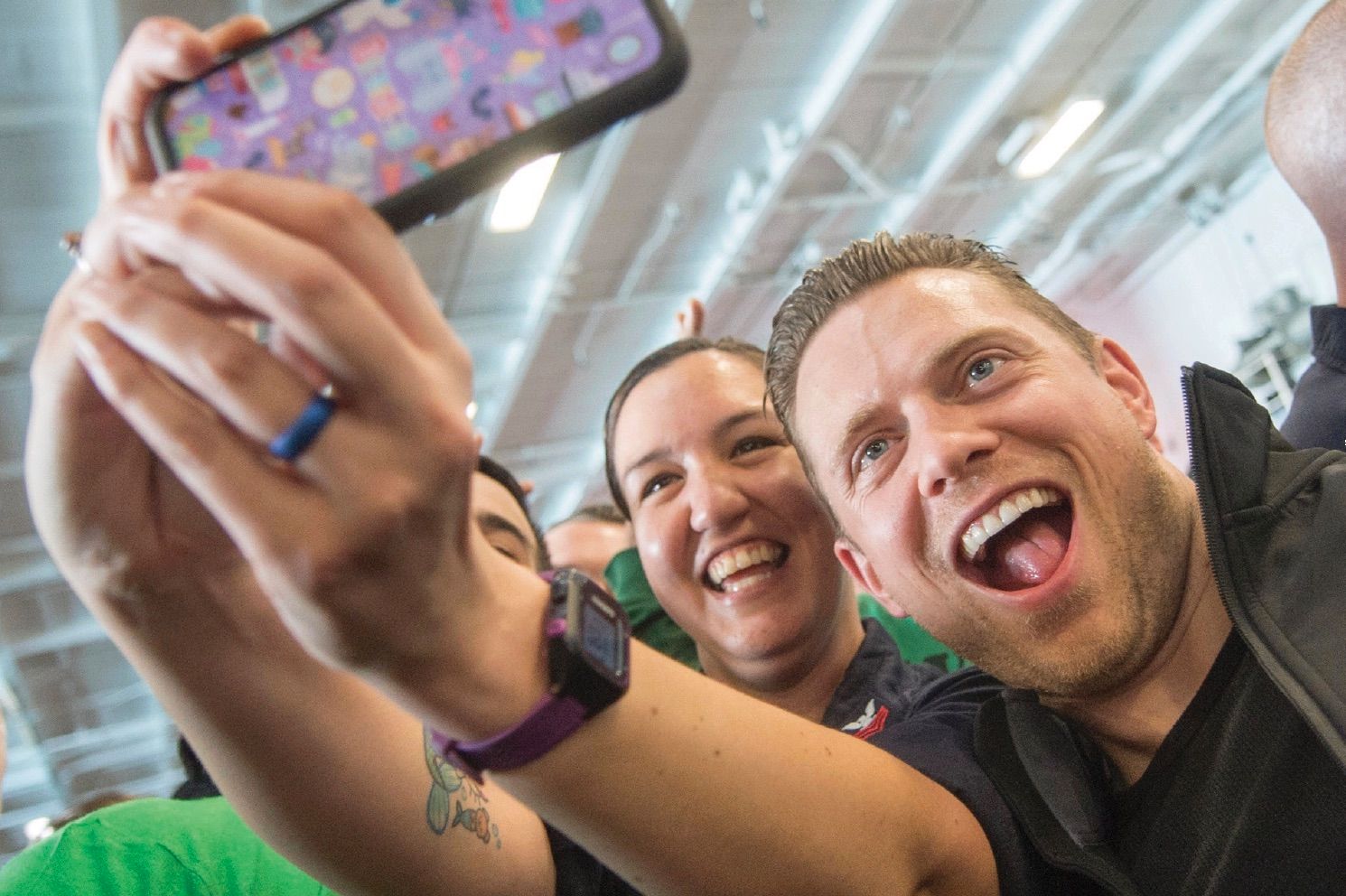The Big Picture
This activity introduces the idea that your designs will form part of a much larger scenario for the people who use them. A world exists outside of any user interface that you construct. You need to research the user’s context and observe them in their world. Right now, you do not have the time or the budget to do this, so here is a workable alternative.

Selfies put humans in the foreground of any situation. They help designers connect emotionally with the people who use their products and service.
Using storytelling you’ll see how it is possible to gain initial insights and ideas that can help your design contribute to improving the user experience. This is a creative process fuelled by your imagination, your own experience, logic and common sense. It’s a quick and relatively cheap way to discover the user’s needs, prioritise design requirements and identify potential problems. Later on it will be necessary to validate any findings with real user research.
Start afresh. Keep away from the Internet, Google and existing airline interfaces. You’ll need a pen, paper and a lot of imagination.
Scenario
A classic rock band are reuniting for one last tour. Erik, Martha and Zak want desperately to see them perform. The band have just released a range of tour dates in different cities in the US and Canada, starting in three months. Erik and Martha live in London (England) and Zak lives in Paris (France). Ideally, they would like to travel together. They are flexible on dates and want to choose the city venue that offers the best value for money.
Steps
- Identify the reasons why these three travellers are organizing this trip together.
- Decide who you think is organizing the trip. What have they written on their ‘to-do’ list and what are their top priorities?
- What could go wrong? Write about aspects of the trip or the prior arrangements that could give the travellers a bad experience.
- Tell the story. With help from the hints below, write four paragraphs that tell the story of the trip. Alternatively, if you prefer brevity to prose then construct and annotate a timeline or list.
- Using your new powers of time travel, explain all the things that made the trip great, like the group selfie taken on the observation deck at the airport.
- With this wealth of (fictional) background research available to you, write about the sort of features that a travel app could include. Remember that you are aiming to improve the user experience. As a first step you could think about reducing the chances of bad things happening.
Hints
Small decisions, made early in the planning of the friends’ trip could have a big impact on their experience later on. Making sure that everyone knows the travel schedule is obviously important. If Erik is organizing the trip then how does he reliably keep the others in the loop? The booking system already knows about Martha and Zak. Perhaps the interface could provide the option to keep them updated. How will the design support this? It’s clearly a priority that they that all get to the airport on time. Knowing about the airport’s facilities could help the group find a good place to meet up and take that selfie...
Top